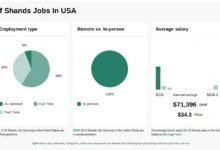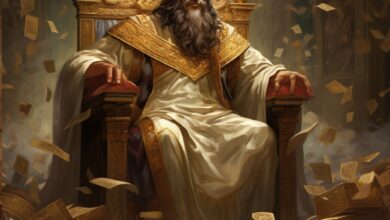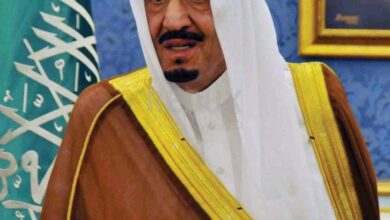Discover Malaysia
Malaysia, a country located in Southeast Asia, is a melting pot of cultures, languages, and traditions. With a population of approximately 32.7 million people, Malaysia is a diverse nation that comprises three main ethnic groups: the Malays, Chinese, and Indians. The country’s strategic location at the crossroads of Asia has made it an important hub for trade, commerce, and tourism. In this article, we will delve into the various aspects of Malaysia, including its history, economy, culture, and tourism industry, to provide a comprehensive understanding of this fascinating country.
History of Malaysia
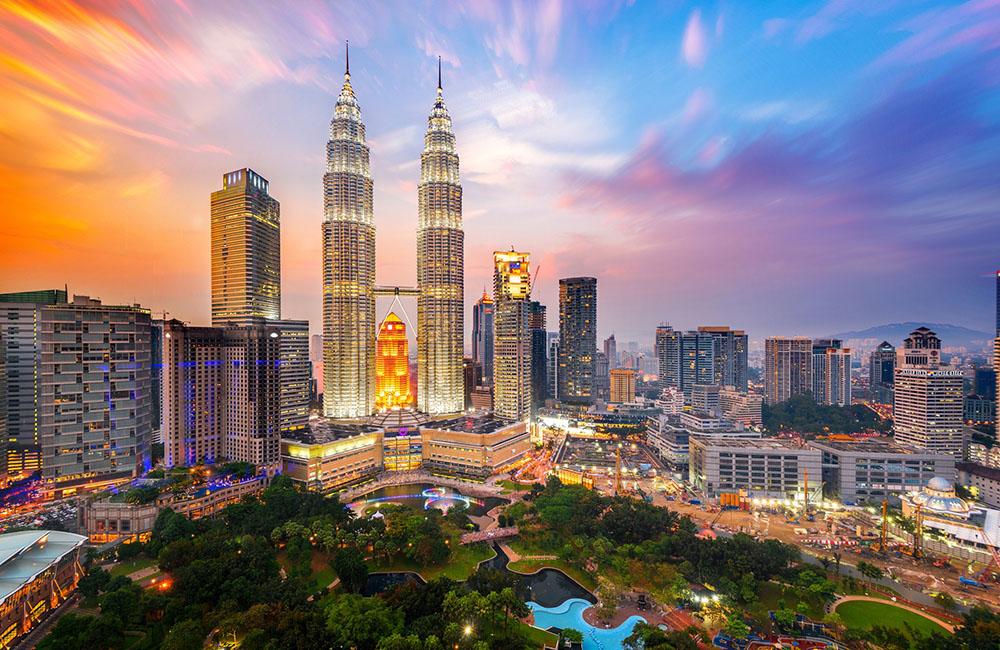
Malaysia has a rich and complex history that dates back to the ancient times. The country was inhabited by various indigenous tribes, including the Orang Asli and the Dayak, before the arrival of the Malays in the 1st century AD. The Malays brought with them their language, culture, and Islamic faith, which would later become an integral part of Malaysian identity. In the 15th century, Malaysia was colonized by the Portuguese, followed by the Dutch and the British, who introduced their own languages, customs, and systems of government. The country gained independence from British colonial rule on August 31, 1957, and has since become a federal constitutional monarchy with a parliamentary democracy.
Malay Sultanates and the Arrival of European Colonizers
The Malay Sultanates, which were established in the 14th century, played a significant role in the history of Malaysia. The Sultanates of Malacca, Johor, and Kedah were among the most powerful and influential, and they helped to spread Islam throughout the region. The arrival of European colonizers, particularly the Portuguese, Dutch, and British, had a profound impact on the Malay Sultanates and the indigenous population. The Europeans introduced new technologies, languages, and customs, which would later become an integral part of Malaysian culture.
| Malay Sultanates | Founding Year |
|---|---|
| Malacca Sultanate | 1400 |
| Johor Sultanate | 1528 |
| Kedah Sultanate | 1136 |
Economy of Malaysia
Malaysia has a diverse and rapidly growing economy, with a GDP of approximately $314.5 billion in 2020. The country is a major producer of oil and natural gas, and its manufacturing sector is driven by electronics, automotive, and aerospace industries. Malaysia is also a significant player in the global trade of palm oil, rubber, and timber. The country’s economy is driven by a combination of state-led and private sector initiatives, with a strong emphasis on foreign investment and trade.
Manufacturing and Export-Oriented Industries
Malaysia’s manufacturing sector is a significant contributor to the country’s economy, with a focus on export-oriented industries such as electronics, automotive, and aerospace. The country is home to several major manufacturing hubs, including the Penang Free Trade Zone and the Kulim Hi-Tech Park. Malaysia’s strategic location and business-friendly environment have made it an attractive destination for foreign investors, with companies such as Intel, Dell, and Boeing establishing operations in the country.
Key Points
- Malaysia has a diverse and rapidly growing economy, with a GDP of approximately $314.5 billion in 2020.
- The country is a major producer of oil and natural gas, and its manufacturing sector is driven by electronics, automotive, and aerospace industries.
- Malaysia is a significant player in the global trade of palm oil, rubber, and timber.
- The country’s economy is driven by a combination of state-led and private sector initiatives, with a strong emphasis on foreign investment and trade.
- Malaysia’s manufacturing sector is a significant contributor to the country’s economy, with a focus on export-oriented industries such as electronics, automotive, and aerospace.
Culture of Malaysia
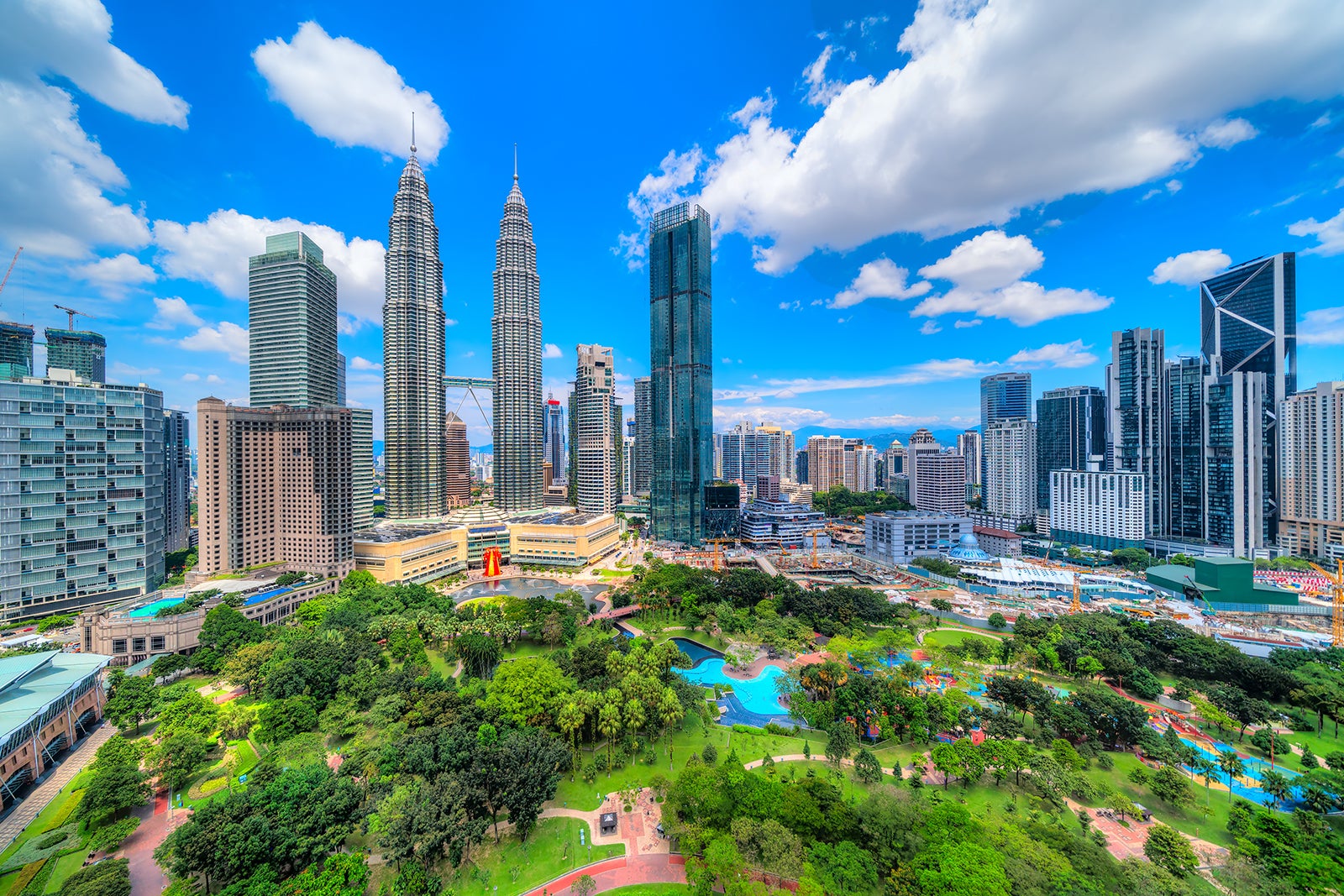
Malaysian culture is a unique blend of Malay, Chinese, Indian, and indigenous influences. The country is home to a diverse range of festivals and celebrations, including the Hari Raya Aidilfitri, Chinese New Year, and Deepavali. Malaysian cuisine is also a reflection of the country’s cultural diversity, with popular dishes such as nasi lemak, char kway teow, and roti canai. The country’s rich cultural heritage is also reflected in its traditional arts, including music, dance, and theater.
Traditional Arts and Festivals
Malaysia has a rich tradition of arts and festivals, with a focus on music, dance, and theater. The country is home to several major festivals, including the Kuala Lumpur International Arts Festival and the Penang Arts Festival. Malaysian traditional arts, such as the wayang kulit (shadow puppetry) and the mak yong (traditional dance), are also an important part of the country’s cultural heritage.
What is the main religion practiced in Malaysia?
+
Islam is the main religion practiced in Malaysia, with approximately 61.3% of the population identifying as Muslim.
What is the official language of Malaysia?
+
Malay is the official language of Malaysia, although English is widely spoken and used as a second language.
What is the capital city of Malaysia?
+
Kuala Lumpur is the capital city of Malaysia, although the administrative capital is Putrajaya.
In conclusion, Malaysia is a country with a rich history, diverse culture, and rapidly growing economy. From its ancient Malay Sultanates to its modern-day manufacturing hubs, Malaysia has evolved into a unique and fascinating nation that offers something for everyone. Whether you are interested in history, culture, or business, Malaysia is a destination that is sure to captivate and inspire.





